Why the 1.5C threshold matters to our climate
New report puts chances of breaching global warming target in next five years at 66%
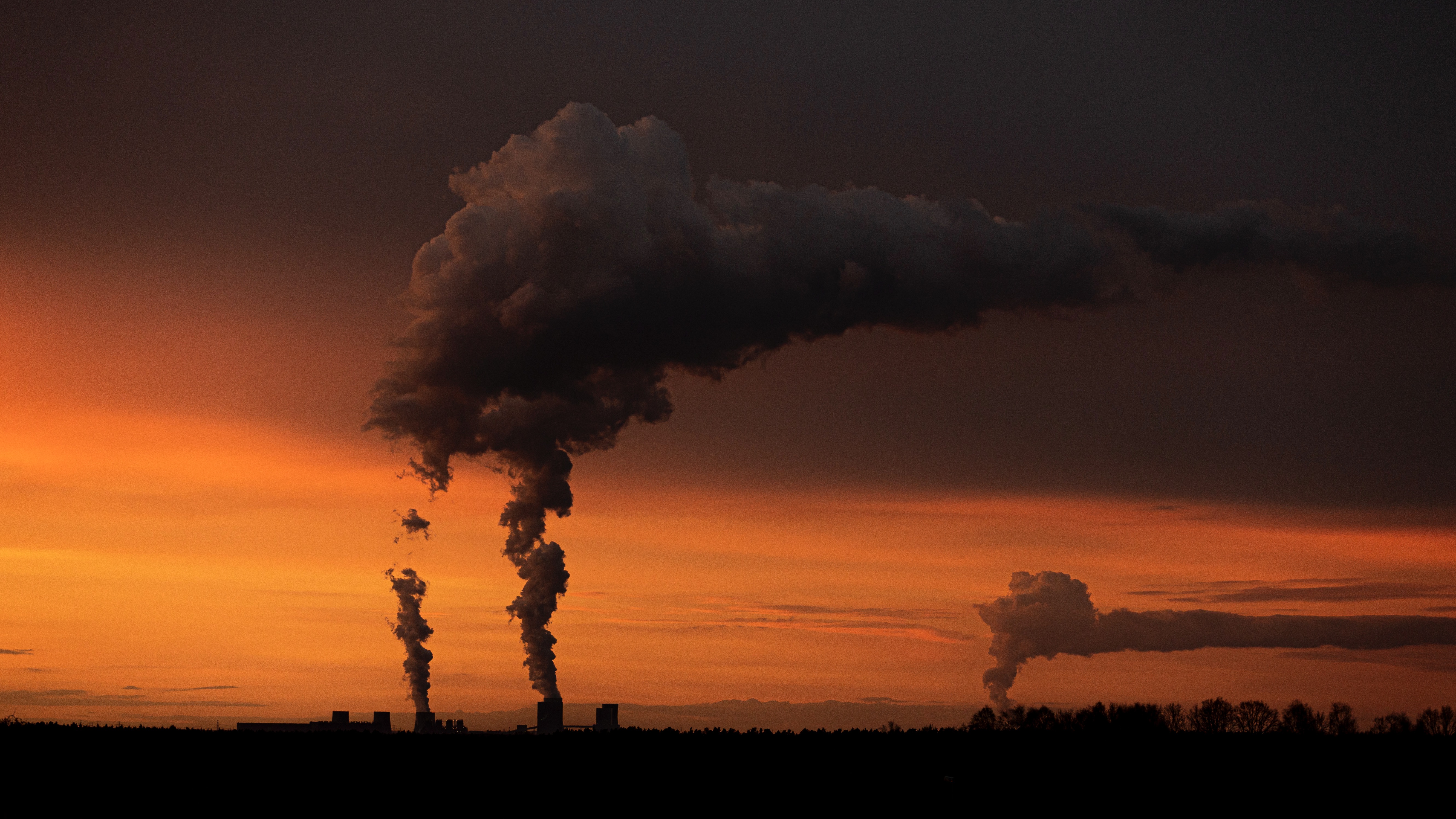
The probability of the world exceeding the 1.5C climate change target within the next five years has risen to 66%, according to the World Meteorological Organization (WMO).
It’s likely the planet will “briefly overshoot” the target, said New Scientist, which would mark “the first breach of a threshold that was set to avoid the worst impacts of global warming”.
The WMO is “sounding the alarm” that we will breach the level temporarily but more frequently, said WMO secretary-general Petteri Taalas, which will have “far-reaching repercussions”.
The Week
Escape your echo chamber. Get the facts behind the news, plus analysis from multiple perspectives.

Sign up for The Week's Free Newsletters
From our morning news briefing to a weekly Good News Newsletter, get the best of The Week delivered directly to your inbox.
From our morning news briefing to a weekly Good News Newsletter, get the best of The Week delivered directly to your inbox.
Despite the world committing in 2015 to prevent temperatures from climbing 1.5C above pre-industrial levels, ”in recent years, it has come to seem almost impossible”, according to The Economist.
The WMO “added to the gloom” with its assessment on 17 May. The 66% chance of exceeding the target is a “big jump” from estimates of 48% “even a year ago”, added the publication. It’s also “virtually certain”, said the WMO, that at least one of the next five years “will be the hottest in human history”, even if the target is not breached.
Why is the target set at 1.5C?
“Almost all nations” signed the Paris Agreement at COP21 in 2015, which aimed to “limit global warming to well below 2C and preferably below 1.5C” against pre-industrial levels, said Andrew King, senior lecturer in climate science at the University of Melbourne, writing for The Conversation.
Limiting a rise to below 2C “was the focal point of international climate talks for years”, according to Scientific American, with the idea dating back to the 1970s that breaching this threshold “would have dangerous consequences”. This figure “started to become a serious factor” in global discussions in the 1990s.
A free daily email with the biggest news stories of the day – and the best features from TheWeek.com
Research over subsequent years began to show that even just limiting the warming to this level “would have severe consequences for the planet”, said Scientific American.
The 2010 Cancun Agreement was the first UN document to mention the 1.5C ambition, according to the Intergovernmental Panel on Climate Change (IPCC). It recognised the need to “consider strengthening the long-term goal” from 2C to 1.5C.
World leaders then cemented the 1.5C ambition in the “landmark” Paris Agreement at COP21, and this figure has since “become the global goal”.
What happens if or when we overshoot the target?
By limiting the warming of the planet to 1.5C by 2100, “the hope is to stave off severe climate disruptions”, said NPR. These disruptions could “exacerbate hunger, conflict and drought worldwide”.
Warming is, however, on track to exceed 2C. Although the additional half-degree “might seem inconsequential, the difference for life on Earth could be huge”.
“Developing nations, which have historically contributed the least to greenhouse gas emissions, would likely feel the worst effects,” added Scientific American.
Oceans are warming alongside the atmosphere and “absorb much of the excess heat from climate change”, NPR continued, which has led to “repeated marine heat waves” resulting in the death of coral reefs. Warming of 2C means 99% of coral reefs will be lost.
On land, most regions will “see more hot days”, said Nasa, with “extreme heatwaves” becoming “widespread” at 1.5C warming, and 37% of the population “exposed to severe heatwaves at least once every five years” if this climbs to 2C.
Droughts will be prevalent, with 61 million more people in urban areas “exposed to severe drought” if warming rises from 1.5C to 2C, as the “risk of groundwater depletion” rises. Other areas, meanwhile, will be “affected by flooding and increased runoff”.
What can we still do, if anything?
The solution, which we have known “for decades”, is to “reduce emissions to net zero”, said King on The Conversation.
Countries with “high historical emissions” have a “leading role to play” in decarbonisation efforts, and “failure to act should not be considered an option”.
Despite the latest forecasts, there are “reasons for hope”, Gabriel Vecchi, professor of geosciences at Princeton University, told NPR. “There are feasible pathways forward,” he said. “It is not an inevitable future.”
It’s even possible to surpass the target and “bring global temperatures back down later” in a concept known as “negative emissions”, said Scientific American. This would lean on several proposals “ranging from special machines to massive carbon-guzzling tree plantations”.
That said, some scientists suggest “public optimism about 1.5C gives the world false hope”. This could “even contribute to further delays in zeroing out global carbon emissions”.
Keumars Afifi-Sabet is a freelance writer at The Week Digital, and is the technology editor on Live Science, another Future Publishing brand. He was previously features editor with ITPro, where he commissioned and published in-depth articles around a variety of areas including AI, cloud computing and cybersecurity. As a writer, he specialises in technology and current affairs. In addition to The Week Digital, he contributes to Computeractive and TechRadar, among other publications.
-
 Crest falling: Mount Rainier and 4 other mountains are losing height
Crest falling: Mount Rainier and 4 other mountains are losing heightUnder the radar Its peak elevation is approximately 20 feet lower than it once was
-
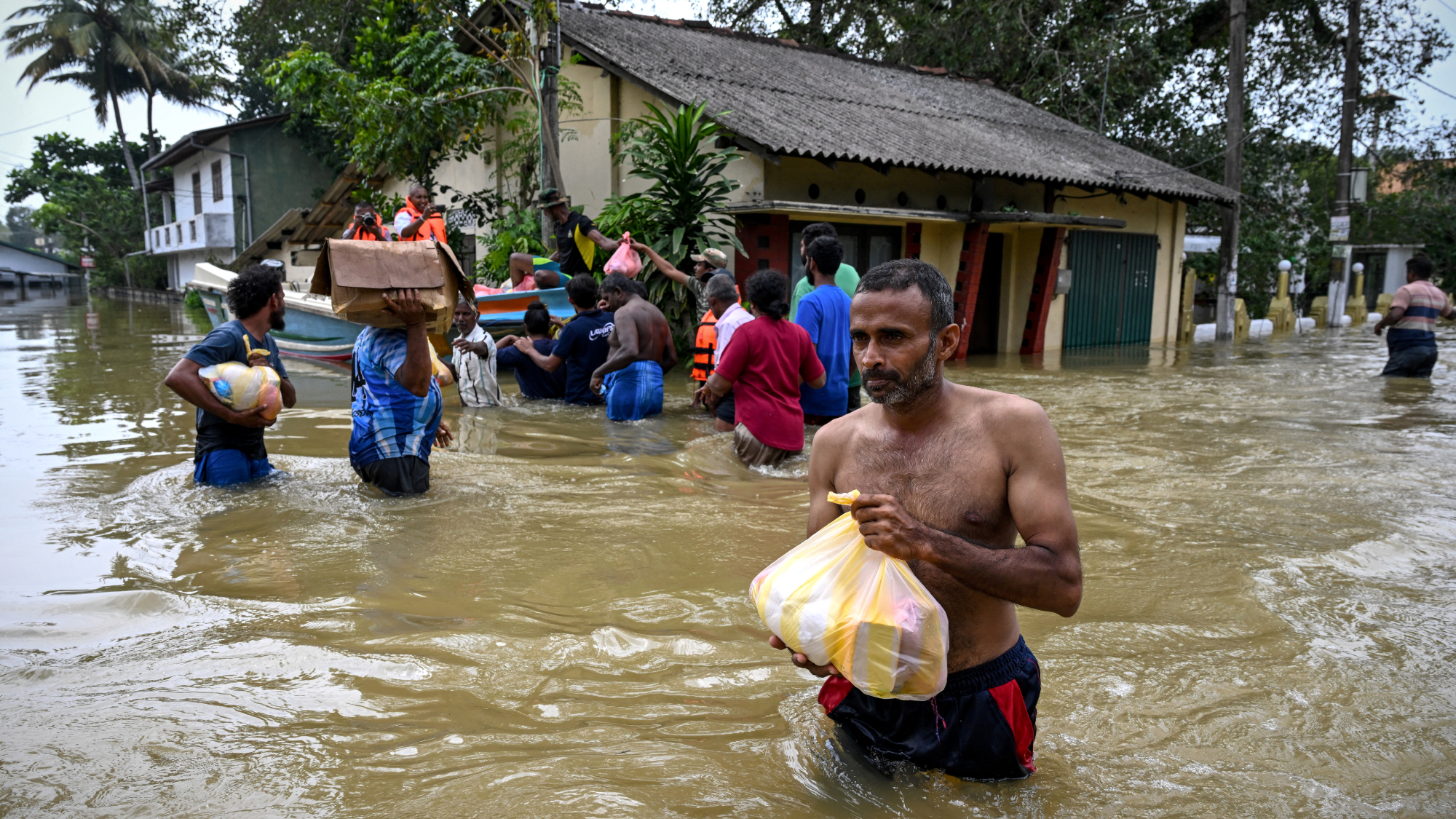 Death toll from Southeast Asia storms tops 1,000
Death toll from Southeast Asia storms tops 1,000speed read Catastrophic floods and landslides have struck Sri Lanka, Indonesia, Thailand and Malaysia
-
 Can for-profit geoengineering put a pause on climate change?
Can for-profit geoengineering put a pause on climate change?In the Spotlight Stardust Solutions wants to dim the sun. Scientists are worried.
-
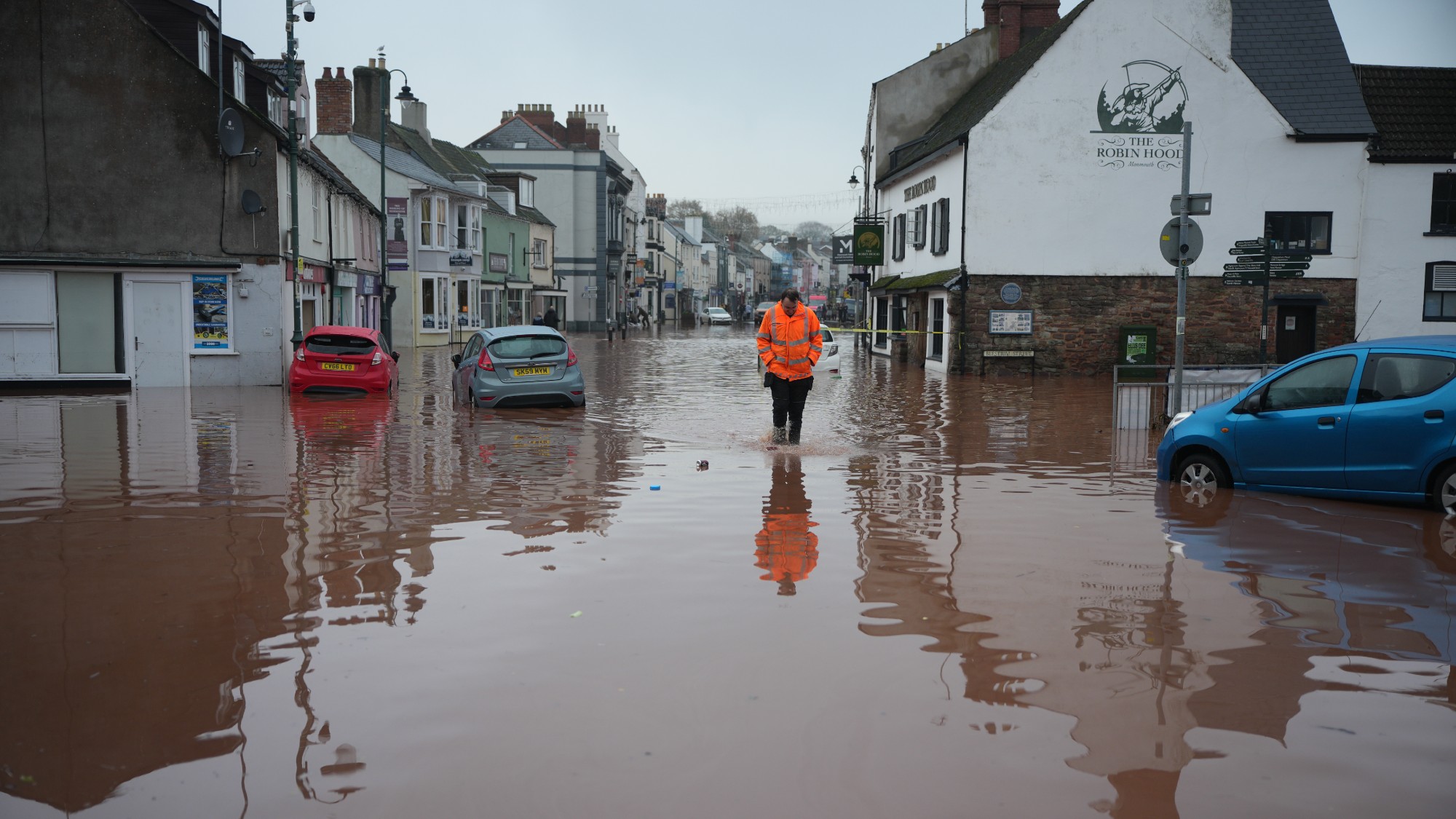 How will climate change affect the UK?
How will climate change affect the UK?The Explainer Met Office projections show the UK getting substantially warmer and wetter – with more extreme weather events
-
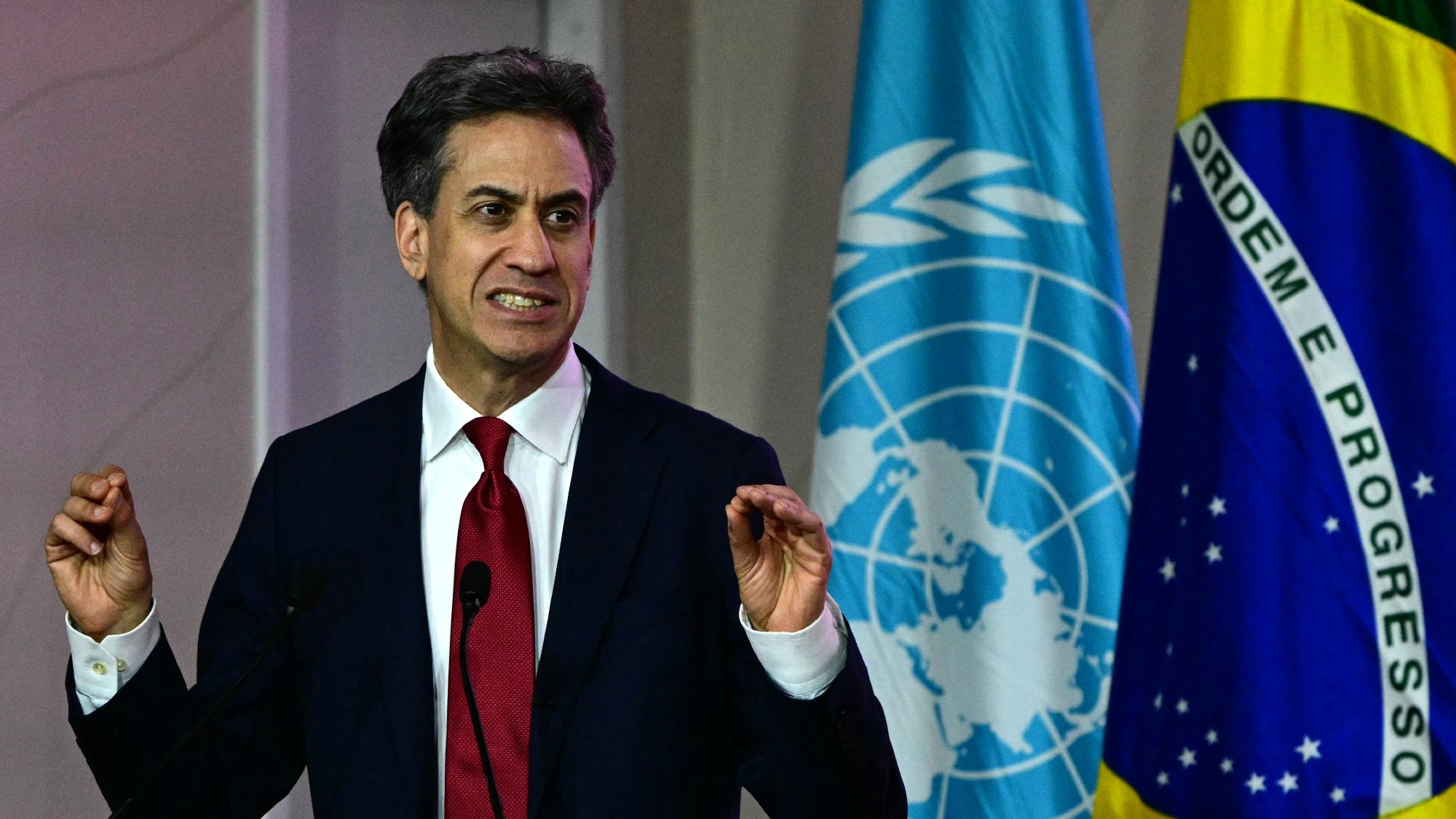 Can the UK do more on climate change?
Can the UK do more on climate change?Today's Big Question Labour has shown leadership in the face of fraying international consensus, but must show the public their green mission is ‘a net benefit, not a net cost’
-
 Did Cop30 fulfil its promise to Indigenous Brazilians?
Did Cop30 fulfil its promise to Indigenous Brazilians?Today’s Big Question Brazilian president approves 10 new protected territories, following ‘unprecedented’ Indigenous presence at conference, both as delegates and protesters
-
 Can the world adapt to climate change?
Can the world adapt to climate change?Today's Big Question As the world gets hotter, COP30 leaders consider resilience efforts
-
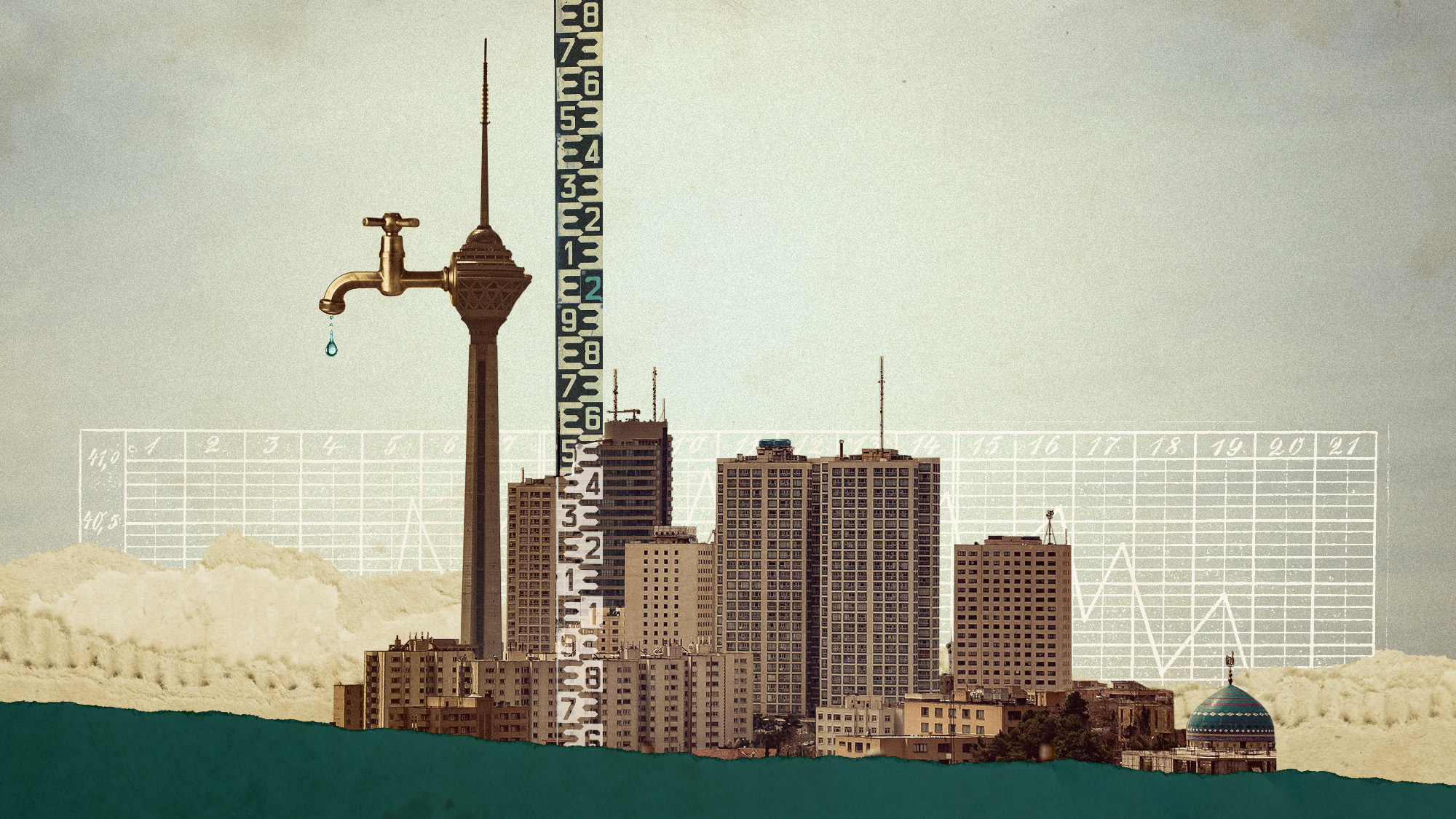 Taps could run dry in drought-stricken Tehran
Taps could run dry in drought-stricken TehranUnder the Radar President warns that unless rationing eases water crisis, citizens may have to evacuate the capital


